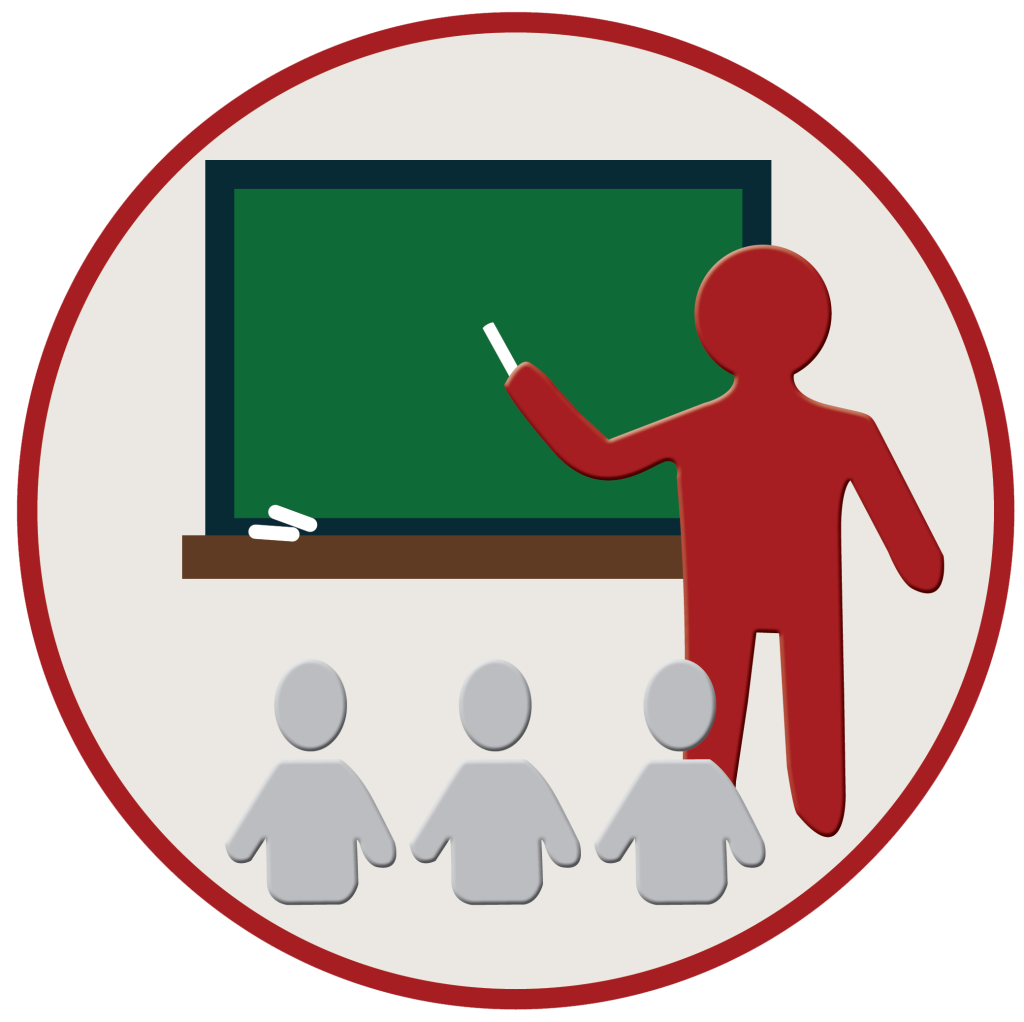WELCOME
The goal of our project was to reduce the number of reading problems in school (referrals for special education and the number of students needing remediation–Tier 2 or Tier 3 interventions) by strengthening the quality of everyday (Tier 1) reading instruction in individual classrooms. The project builds teacher, school and district capacity to improve reading instruction by supporting them in learning how to …
- Implement MTSS—Multi-Tiered Systems of support
- Improve Reading Instruction
- Identify students at risk of reading failure early on
- Use assessments to monitor progress and measure outcomes
This model demonstration project leveraged the tenets of Improvement Science (IS) (Byrk et al., 2015) and the Concerns Based Adoption Model (CBAM) (Hall & Hord, 2015) to strengthen classroom level reading instruction.
We invite you to explore our model demonstration project website to access the wealth of valuable materials developed through a collaborative effort between our dedicated research team and participating schools. Please explore and utilize these resources in your own professional development endeavors—whether to grow as an individual teacher; to foster growth at the campus level or even to train an entire district in research-based reading methods that really work. Just click on one of the links below to access these free tools.
AIIPaT Dyslexia is supported in part by the Model Demonstration Project PR: H326M190008 from the Office of Special Education Programs. Dissemination of research-based information about dyslexia is supported by several sources. The content disseminated here is solely the responsibility of the authors and does not necessarily represent the official views of the OSEP, the U.S. Department of Education, or any of our other funding agencies.



